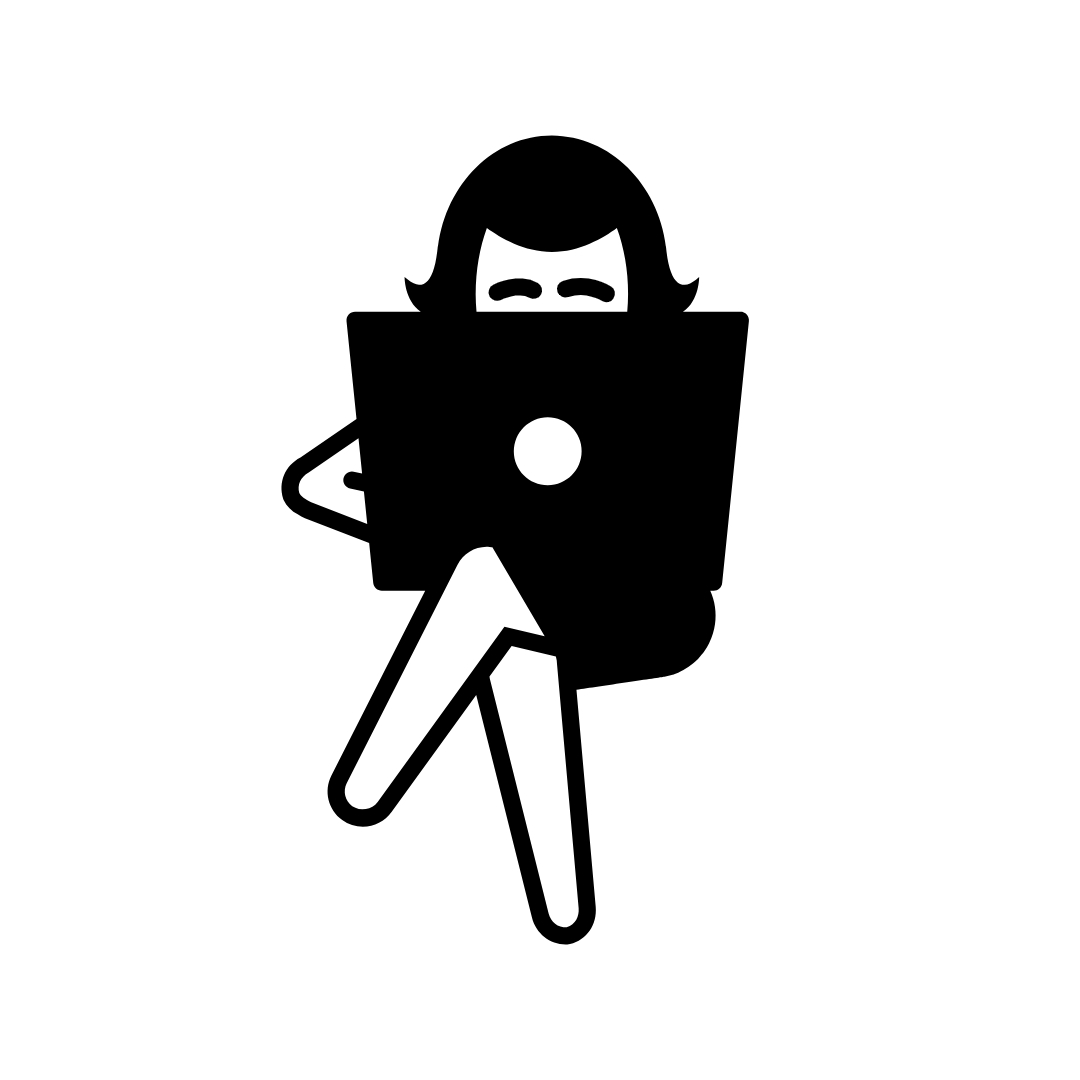The Couch People
It has long been my philosophy that there are two major kinds of folks: the people who move couches, and the ones who’d rather not.
So, there’s this trait I inherited, which leads me and other affected members of the family to never really settle for anything. Take my couch for instance, or rather, it’s placement and location within a given room. For some reason, I simply cannot find the right place for it. No matter where I drag it — and the scrapemarks on my floor will let you know that I drag it around a lot — there is always this feeling of not quite getting it right. This is typical for a crowd I call the couch people.
The couch people constantly move stuff around. No matter where our couch is moved, it is never more than a temporary solution. A few weeks later, maybe a few months if we’re busy, the couch catches our eye once more:
Wouldn’t it look better on the other side of the room? Turned towards the TV? The fire place maybe? Or the window? How about overlooking the dining room?
Swap the image of a couch with any other of life’s aspects — hairstyles, research papers, places, jobs, acquaintances — and you’ll understand how this constant upheaval affects not only the couch people themselves, but the ones with emotional or professional ties to them. How do you build upon a private or professional relationship when the person in question has one foot constantly out the door? How do you advance in company hierarchy when you’re never there long enough to make it to the next step? How do you establish trust and stability in an ever-shifting environment? It’s tricky. And unfortunate. But doable.
It seems to me, that this restless behavior is based in some deep-rooted urge to improve and betterment. The couch people are never satisfied, at least not for long. They are never complacent, but constantly looking for better pastures. This innate restlessness gives them the drive and motivation to try new things. To contemplate life from different perspectives. To scan, scrutinize and dissect their situation and to act upon that which is deemed unsatisfactory. It’s not very comfy, and it’s definitely not a blessing. It is, however, a way to keep moving forward.
From a career perspective, there are a couple of moves I find advantageous for couch people:
Find a career path that offers build-in flexibility and mobility, discarding the traditional vertical career ladder for a dual or horizontal career progression. Forget about the notion of advancing in a specific occupational field based on your level of responsibility and pay. Instead, broaden your skills by experimenting with related fields and apply for key positions based on your contributions.
Look for an employer with a multigenerational workforce large enough to offer job rotation and multiple positions with interest to you. Be aware that flat and smaller organizations for all their coziness hold limited opportunity for advancement and promotional potential.
Explore additional opportunities outside the organization: So-called encore career paths allow you to mix things up and experience new ways to work. By dedicating part of your work day to a nonprofit organization of your choice you can make a meaningful contribution to a mighty cause.
Embrace freelancing and telecommuting as an opportunity to manage your own career. While a steady, reliable income and guarantee benefits are nothing to sneeze at, consider the upside of choosing your projects: A digital nomad needs no more than decent WIFI to earn their living from any location.
Consider relocating: Your employer may offer a position in another branch of the organization, or the opportunity to telecommute from a location of your choice. Both options will bring about a chance of scenery and a break from that cubicle.
Wherever your career path may lead you, let the tip of your nose be your guide. Curiosity may have killed the cat, but it has brought ample advancement to mankind. Now, if you’ll excuse me — I’ve got some stuff to shuffle around.
